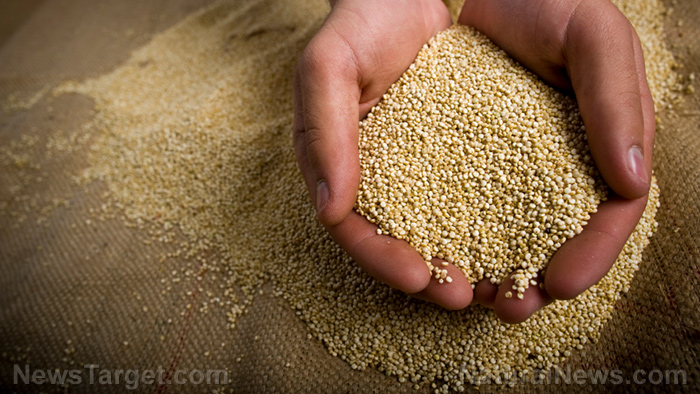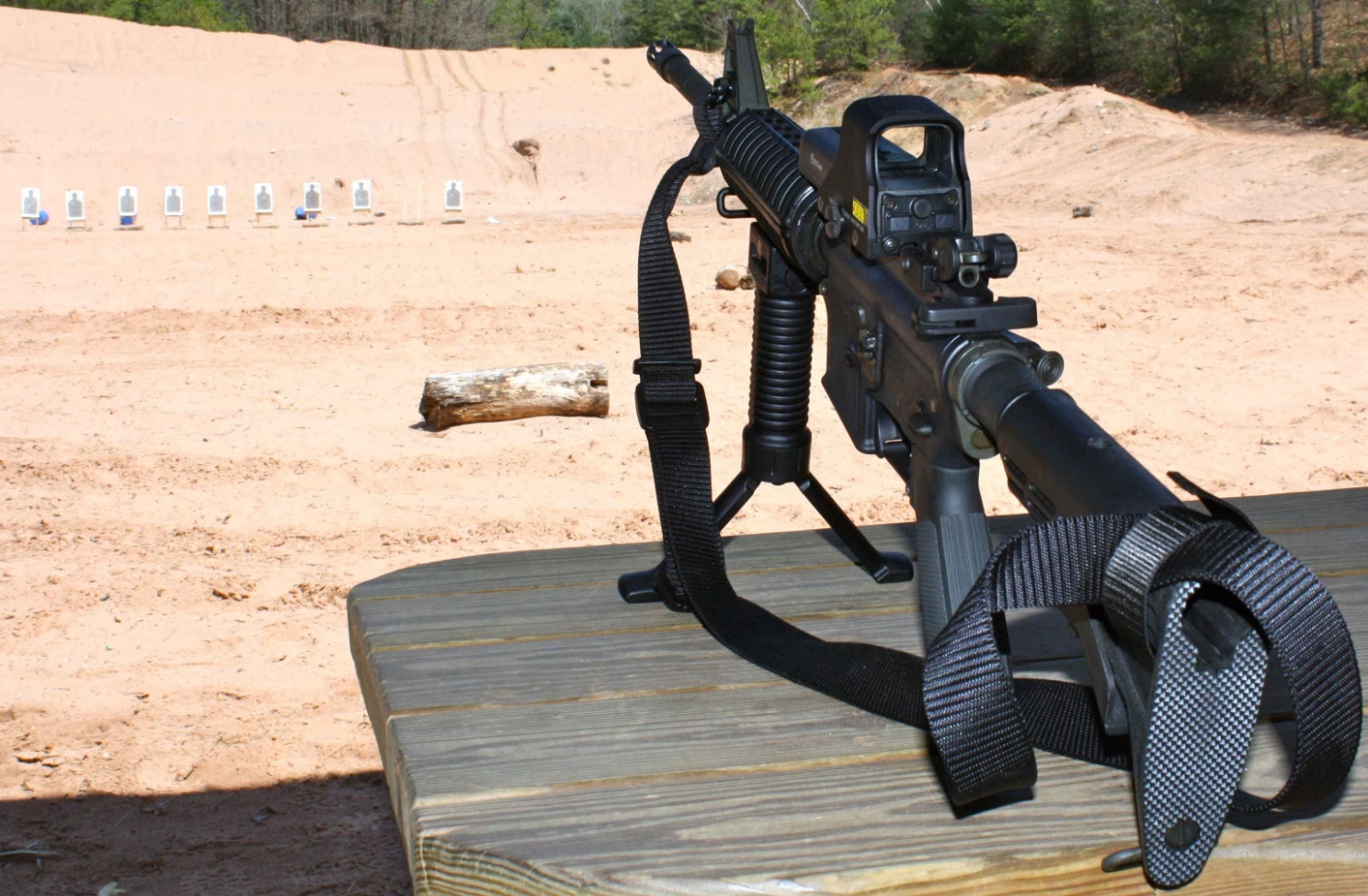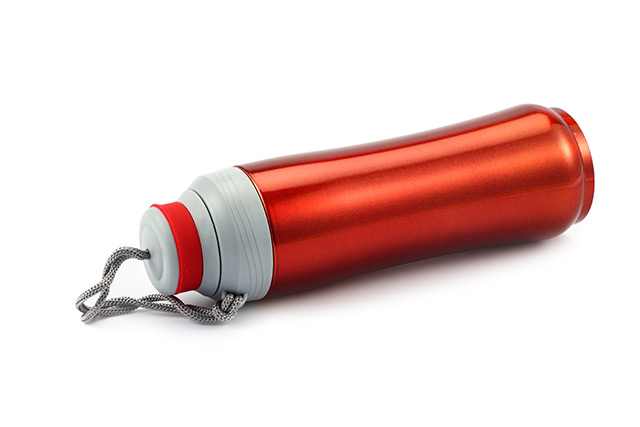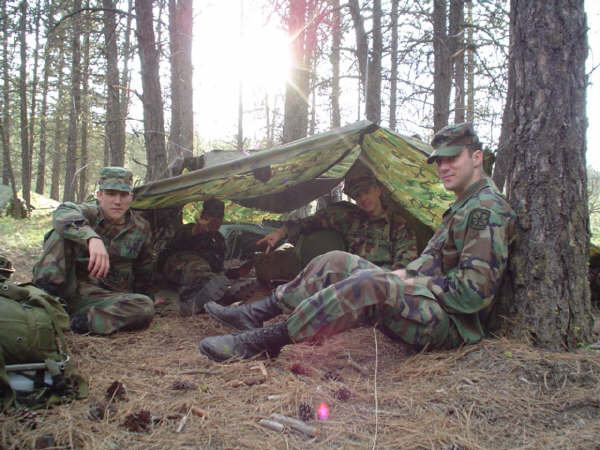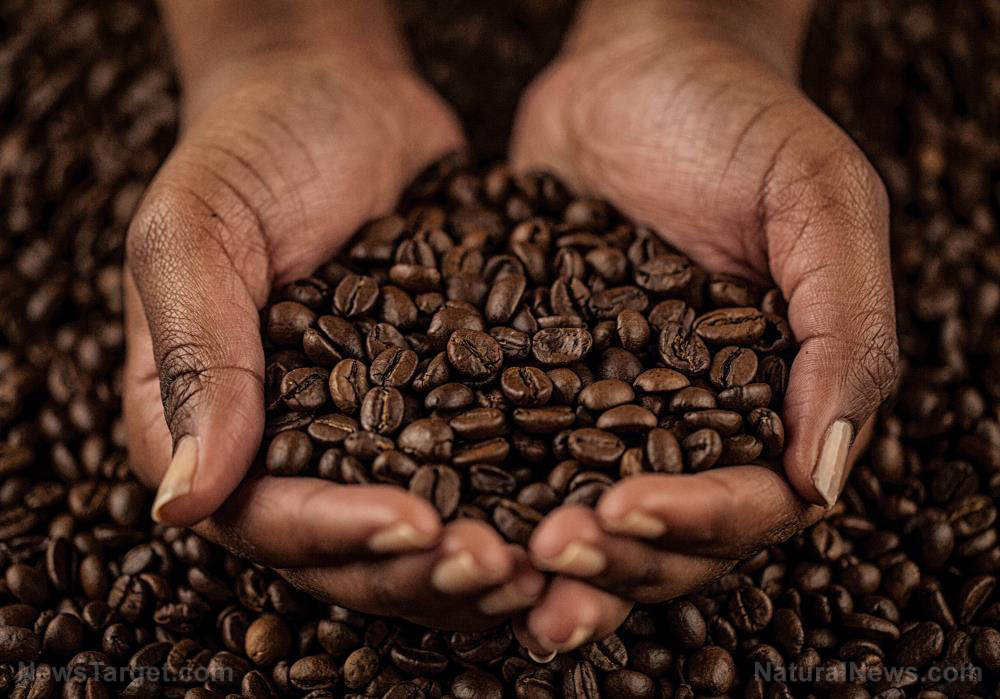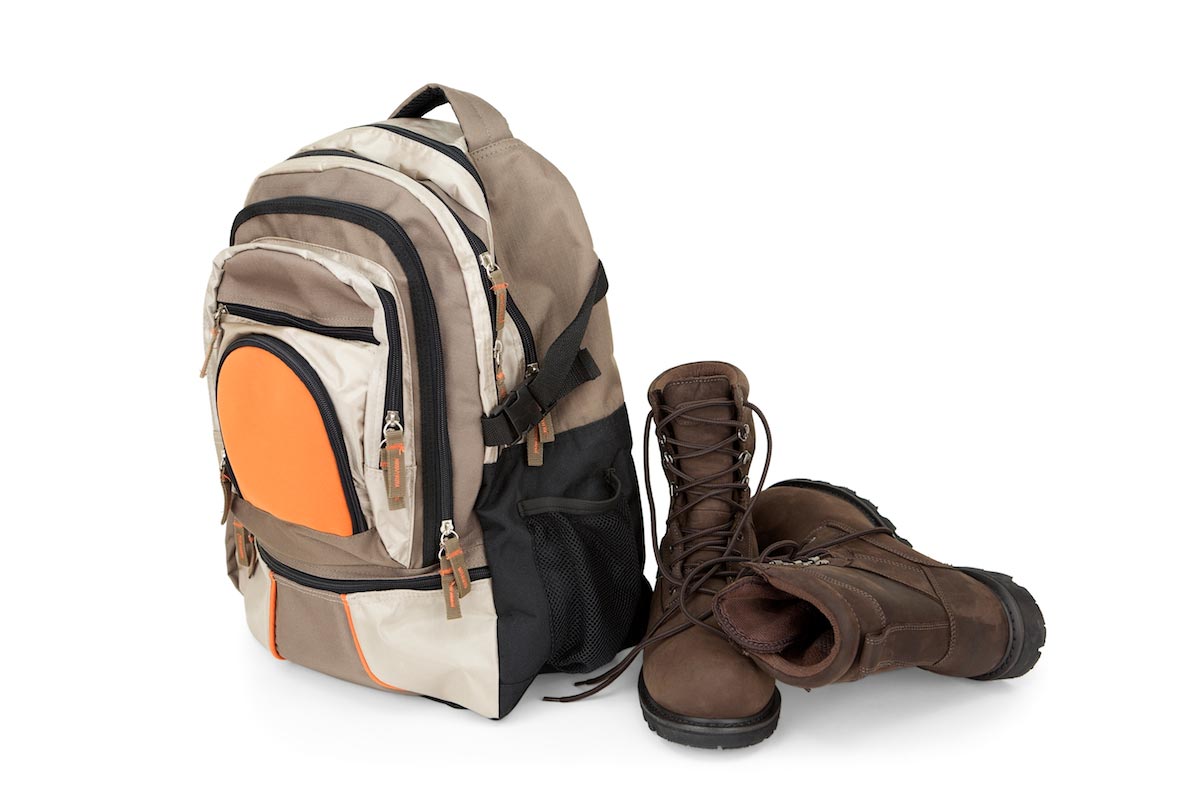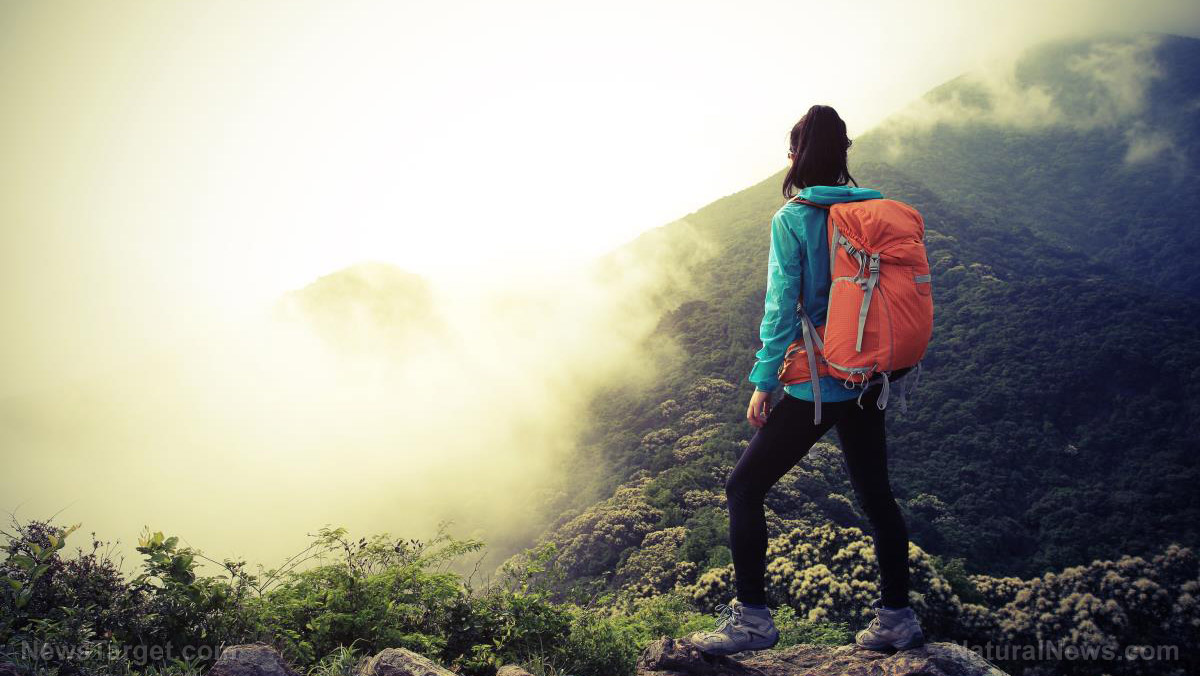Cold camp danger: Cooking in or heating your tent can put you at risk of carbon monoxide poisoning
02/04/2018 / By Zoey Sky

When snow falls, even the most enthusiastic camper will think twice about venturing out in the cold. Sometimes, you have no choice but to cook inside your tent.
But did you know that using gas in an enclosed space exposes you to the risk of carbon monoxide (CO) poisoning?
Exposure to carbon monoxide is the leading cause of unintentional death due to poisoning. (h/t to GearJunkie.com)
Carbon monoxide (CO) is an odorless, tasteless, transparent gas, and it is created when fuel is burned to power camp stoves, lanterns, or heaters. CO binds to hemoglobin like oxygen, but the former has 200 times the affinity of oxygen. Overexposure to CO can literally “starve” your body of oxygen, and this can even cause death. (Related: Prevent carbon monoxide poisoning this winter: Expert provides tips in wake of multiple illnesses (and a death) in New Jersey.)
When you’re in the wilderness, it’s hard to tell if you are being exposed to dangerous levels of CO since you don’t have detectors that can alert you to the accumulating gas. However, do take note that when you use a stove inside a tent (or a gas-powered heater in an icehouse), the fuel you burn will produce CO.
Symptoms of CO poisoning
You can identify exposure by watching out for these flu-like symptoms:
- Mild exposure can cause “headaches, nausea, weakness, dizziness, stomachache, vomiting, and confusion.” These are similar to flu symptoms, but without a fever, which also overlaps with the known symptoms of altitude sickness.
- Continued exposure can cause a person to black out. Continued exposure also causes “chest pain, malaise, shortness of breath, and altered mental state,” which can cause death.
The easiest way to avoid CO poisoning is refraining from using camp stoves or heaters in a tent or any enclosed space. You can build a snow wall outside of a makeshift cook area. There’s also the option to cook under a tent’s vestibule: just keep the tent door closed and the vestibule door tied down.
The Centers for Disease Control and Prevention (CDC) warns against cooking inside enclosed spaces, especially if you’re going to use “fuel-burning devices.” Cooking in a tent means you’re going to be in a confined space as hazardous levels of CO build up.
But when the weather isn’t optimal, you might not always have a chance to cook outside.
Make sure that you ventilate if you’re going to cook inside a tent using a vent at the peak and unzip the tent door. If you keep two windows open, a current of air will circulate throughout the tent. This will help “pull” the CO out.
Exercise caution because even though this minimizes the risk of CO poisoning, it is not a 100 percent effective workaround. Avoid using your stove too much, and don’t use it as a heat source.
Treating CO poisoning
If you or a fellow camper get CO poisoning, prevent further exposure and flush the gas in your system. Exit your tent and breathe deeply to quickly reverse your symptoms.
Those with severe symptoms of CO should consult a healthcare professional right away. A physician can administer a blood test or use a pulse oximeter to measure your CO exposure levels. They can also “push supplemental oxygen to rapidly flush the system.”
Remember that even though winter camping has its benefits, you need to plan appropriately if you are going to spend a lot of time inside your tent. Always ventilate your tent if you are going to cook in it.
You can learn more about how to avoid poisons like carbon monoxide at Poison.news.
Sources include:
Tagged Under: camping, camping dangers, carbon monoxide, emergency preparedness, gases, homesteading, outdoors, preparedness, prepper, prepping, safety, survival, toxic gases


